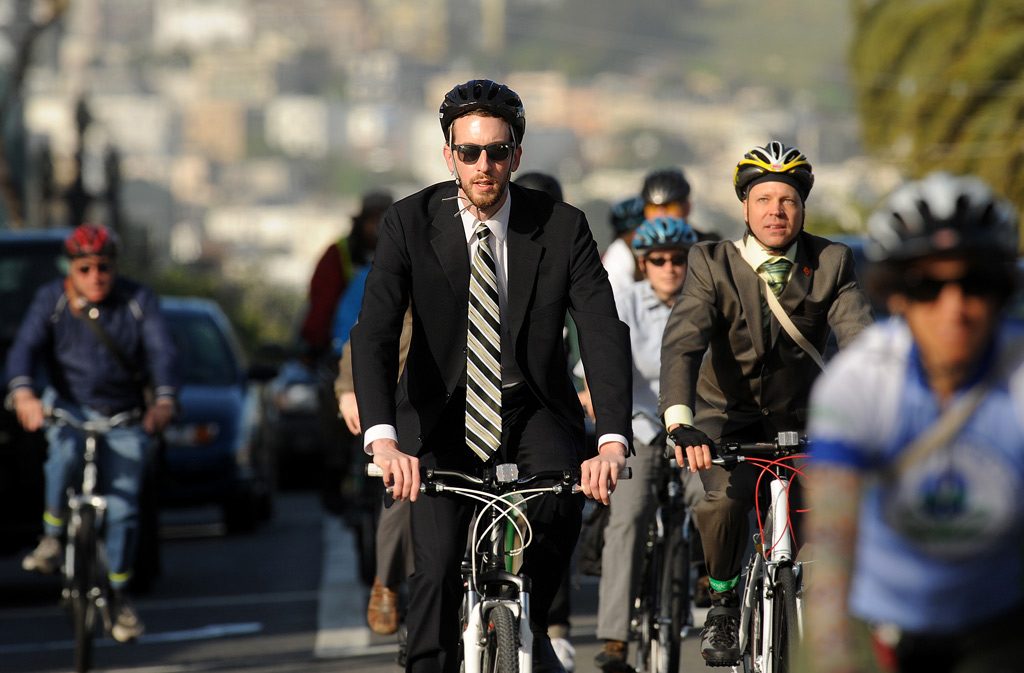Until they can get to your premises, your staff can’t do anything else. You may enjoy good transport links, but, if not, there may be an over-reliance on arriving at work by car – which is environmentally unfriendly and makes it harder to recruit good candidates who may not drive or who may not have a car.
In the UK at the moment, we only make 2% of journeys on two wheels, according to cycling charity Sustrans, which aims to raise that to a fifth of all local journeys of up to five miles made on bikes by 2020.
And the benefits of cycling to work from an employer’s point of view are many, including:·
● A healthier, fitter workforce, with staff arriving feeling more alert and energised. Many organisations where there are more cyclists also report fewer days lost to sickness.
● Bicycling is a reliable way to travel – it means employees can still get in even when there are public transport disruptions or traffic jams. (It’s also, obviously, a very cost-effective way to get around.)
● Excellent PR for any employer wishing to portray themselves as environmentally friendly – for example when bidding for new work or attracting new clients.
For any workplace looking to increase the levels of cycling, there are a number of things that can be done, including:
● Encouraging from the top down: a truly cycle-friendly employer will ensure that those at senior level are also involved in championing two-wheeled travel.
● Having a constant commitment: Don’t just have a ride to work event in National Bike Week, and expect that to be enough for a year’s effort.
● Offer staff bikes: Have bikes on-site that can be sold or lent to staff, either as back-up machines or to try out riding to work if they haven’t done so before.
● Financial assistance: Learn more about the government’s Bike to Work scheme.
● Have mechanic days: Consider getting a mechanic to “set up shop” at your workplace for a day, mending staff bikes on site and saving them from having to go to a cycle store. Employees still have to pay for this work, but this is highly convenient, especially since it can take place during working hours
But of course, none of the above will work unless you also have somewhere for people to change and maybe shower too, and somewhere they can store wet outer garments and shoes.
Equally importantly, staff need somewhere to keep their bikes, preferably in bike shelters, and this needs to be somewhere permanent, secure and sheltered, ideally out of sight and with access through a closed or locked door. At the very least, you need to be able to secure your machine to something secure and unmovable. Ideally, a workplace will also provide a cycle shelter for visitors.
When it comes to cycle shelters UK providers are plentiful – start your search for facilities for your place of work online.
Juliet England is a blogger and author who writes extensively about cycling and for a wide range of websites, including CAD Street Furniture.
